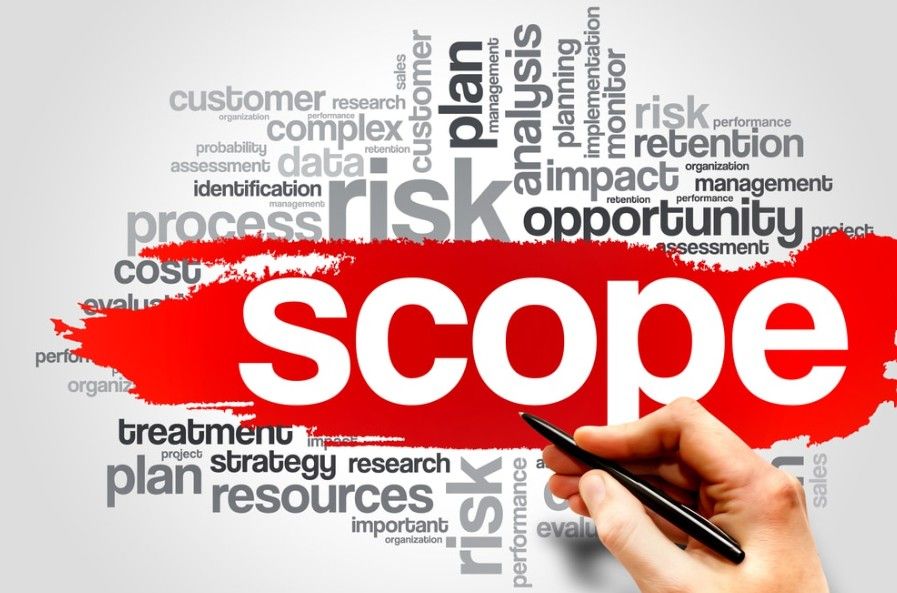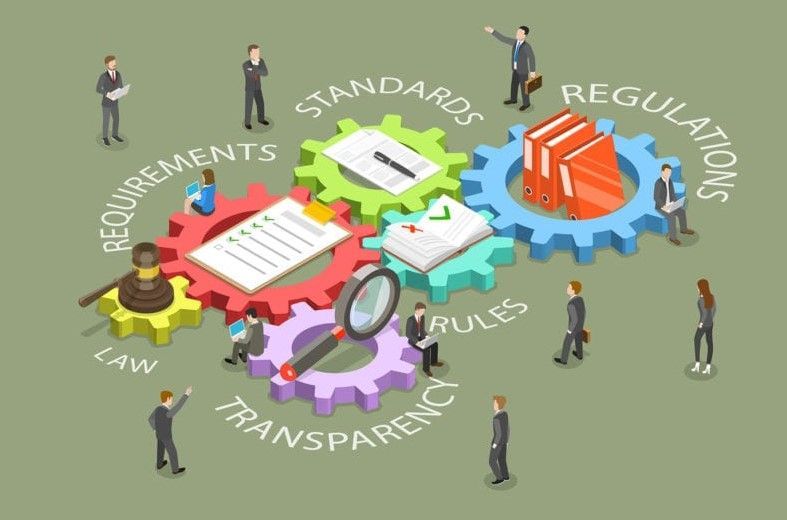Offshoring and the Failure of Selling
August 14, 2025
The good news is that manufacturing is returning to the U.S. The bad news is that much of it should never have left in the first place.
The reason manufacturing left was not a failure of politics, economics, or business expertise. It was a failure of selling. By that I mean selling that not only educates, which is what 80 percent of business-to-business sellers do, but selling that also persuades—in other words, consultative selling that helps prospects understand the true value of what they’re buying.
During some 20 years as an owner of a manufacturing company and in charge of business development, I became convinced that a large portion of the manufacturing work being outsourced from the U.S. should not have left the country. There were valid reasons for some, perhaps many, companies to follow that course, especially a lower cost of labor. Unfortunately, the much-touted advantages weren’t always what they appeared to be and some disadvantages weren’t given enough consideration—for example, unexpected supply-chain disruptions like those caused by global political considerations, such as tariffs, or disease outbreaks—SARS early in this century and the coronavirus in 2020.
Or take cost savings. While labor might have been cheaper in some regions of the world, companies didn’t necessarily understand the true, fully loaded costs—and significant risks—of setting up and maintaining overseas supply chains. A big part of the problem was that many domestic suppliers were unable to educate and persuade their customers and distributors of the true costs and risks of using overseas suppliers. Stronger sales processes and effective communication that was persuasive in addition to being educational might well have kept more manufacturing in the U.S.
Is this anyone’s fault? No, not at all. It’s a question of imperfect information, which businesses must often use to make decisions. Effective persuasion techniques help top management understand much more clearly how imperfect information can affect their companies, specifically, and what can be done to reduce the related risk.
In some cases, American manufacturers just assumed that buying overseas was in their best interest because of the comparative labor rates, lower benefit costs, and apparently fewer regulations. In other cases, to retain manufacturing business, U.S. suppliers did attempt to show value versus cost over the life of a part number, for example, assembly, or finished product. Those costs over time, which more accurately account for longer term quality and extended product life, might well have been lower than the immediate savings from cheaper labor. But these attempts to show long-term value—which, in my opinion, would have kept more manufacturing in the U.S.—were not complete in educating U.S. manufacturing or sufficiently compelling in persuading them. This was where selling fell short and was not effective enough to keep the work on U.S. soil.
“Sixty percent of companies make sourcing decisions based on rudimentary metrics, such as wage rate, ex-works price, or landed costs, often resulting in a 15-to-30-percent understatement of actual offshoring costs,” explained Harry Moser of the Reshoring Initiative ( http://www.reshorenow.org/ ). The Reshoring Initiative’s goal is to bring manufacturing jobs back to the US. The organization helps companies determine the total cost of offshoring and educates them about less expensive domestic resources.
Keep in mind, however, that education alone won’t do the job, because it rarely results in sustained behavior change. That requires persuasion. In any industry simply “telling” prospects “the facts”—in this case, about fully loaded costs and risks—too often falls short of persuading those prospects to act in their best interests. Telling, or educating, is akin to marketing. Persuasion, on the other hand, is a form of selling. Our firm’s work over the past 27 years has shown that a strong sales process that communicates unrecognized costs (soft and hard) and other risks can be extremely persuasive—and lead to better decisions.
Being able to leverage and convert information into a customized, powerful sales process is a critical and often underdeveloped skill. We cover how to do just that in our FOCIS® Selling course, which teaches consultative selling skills and behaviors to business developers and other key executives. It helps build strong individualized sales and communication processes that can be used externally with prospects and customers as well as internally with colleagues.
Here are six risks and costs that probably weren’t communicated to manufacturers in persuasively but needed to be taken into account:
|
|
1. The risk of off-specification ingredients blended into a product. (An example was dog food from China that contained harmful poisons or alloys that fell short of U.S. certification levels and resulted in products failures.) |
| 2. The risk of intellectual property being stolen to make counterfeit goods. (Some U.S. manufacturers found that when they bought offshore tooling, they were paying for a duplicate set to be used by partners, even relatives, of the supplier who then competed with the U.S. supplier.) | |
| 3. The risk of long, or disrupted, supply chains that render in-transit products useless when quality issues are discovered too late. | |
| 4. Political risks, including tariff impositions. | |
| 5. The costs of travel overseas to qualify suppliers, kick off programs, discuss design changes, and myriad other issues that are multiplied significantly over those costs incurred domestically. | |
| 6. The costs of quality as it relates to internal scrap, warranty claims, product returns, loss of customers, and others. |
Effective persuasion with respect to reshoring (in any industry) goes beyond telling (which the list above does) to showing —that is, persuading. A sales process customized to persuade manufacturers to remain in the U.S. or to bring their operations back helps manufacturers determine themselves the full implications of sending production overseas by calculating the true costs. The Reshoring Initiative offers tools that can assist with such efforts.
True consultative selling uses persuasion to speed up the sales process in a number of concrete ways. Our highly regarded course and personalized training teach the behaviors and techniques that the very best sales and business development people use—the 20 percent who traditionally bring in 80 percent of all new business.
If you would like to learn more, please contact us at 847-446-0008 Ext. 1 or pkrone@productivestrategies.com.
The post Offshoring and the Failure of Selling appeared first on Productive Strategies, Inc..










